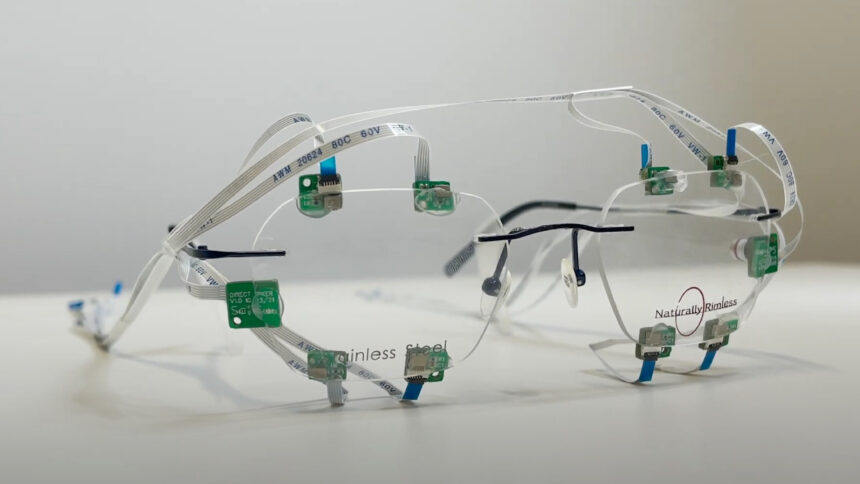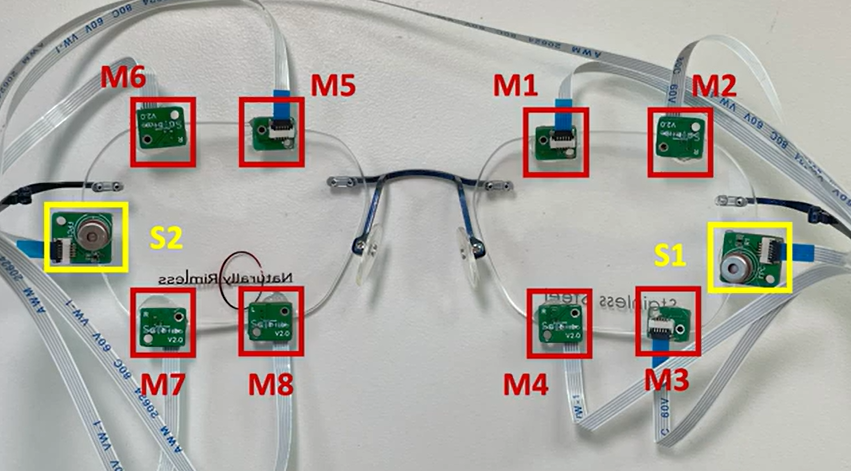
-
It reduces power consumption compared to camera-based systems and offers users more privacy because cameras are not constantly recording. -
It could also reduce the manufacturing costs and weight of VR headsets.


Document Download
Welcome to join by clicking hereAR/VR DirectoryCurrently, there are more than 3000 members, including companies such as GoerTek, HTC, OPPO, Skyworth, PICO, ByteDance, Black Shark, Lenovo, Nreal, Lynx, Luxon, Lingxi MicroLight, Luxshare Precision, Leading Ideal, OFILM, Huaqin, Wentai, Luxshare, Lumus, Sisvel, and Shunyu, among others. Click on the keywords below for filtering.


